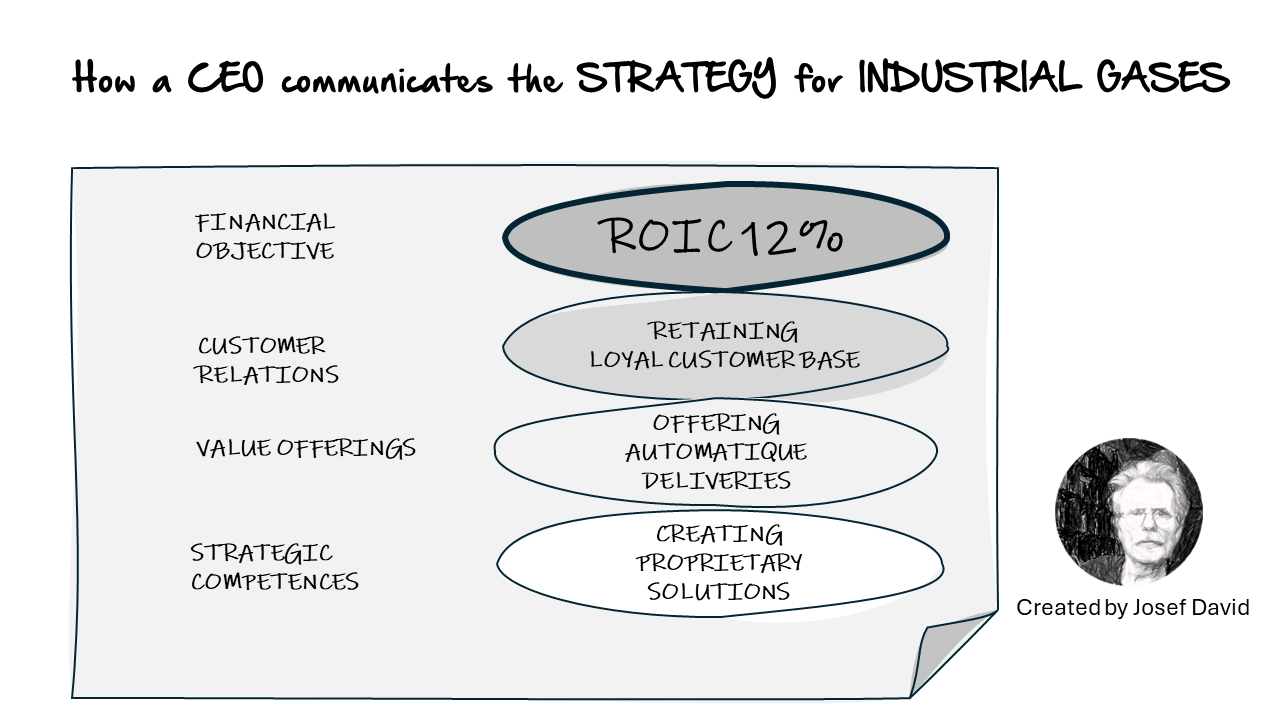Storyboarding and sketchnoting are powerful tools that can be used to create strategic scenes in various contexts, including business, finance, politics, and life learning. These techniques allow for the visualization of ideas, concepts, and narratives in a way that is both engaging and easy to understand.
Business Scenes
In the business world, storyboarding can be used to map out strategic plans, visualize customer journeys, or illustrate product development processes. For example, a storyboard could be used to depict the steps a customer takes when interacting with a company’s product or service. This visual representation can help identify areas of improvement or opportunities for innovation.
Sketchnoting, on the other hand, is an excellent tool for capturing and communicating complex business ideas during meetings or brainstorming sessions. By using simple drawings and diagrams, sketchnotes can help clarify complex concepts and ensure everyone on the team is on the same page.
Finance Scenes
In finance, storyboarding can be used to illustrate financial models or investment strategies. A storyboard could depict the flow of money in an investment portfolio or the potential outcomes of different financial scenarios. This can help stakeholders understand the strategy behind financial decisions and anticipate potential risks or rewards.
Sketchnoting can also be beneficial in finance by providing a visual summary of financial data or trends. Instead of sifting through pages of numbers and text, stakeholders can quickly grasp key points through a sketchnote.
Politics Scenes
Storyboarding in politics can be used to map out campaign strategies or policy proposals. A storyboard could illustrate how a proposed policy would work in practice or how a campaign plans to reach its target voters. This visual approach can make complex political strategies more accessible to team members, stakeholders, and even voters.
Sketchnoting can also play a role in politics by visually summarizing political debates or speeches. A sketchnote can highlight key points and arguments, making it easier for viewers to understand and remember the content.
Life Learning Scenes
In life learning or personal development, storyboarding can be used to visualize personal goals or learning paths. For example, a storyboard could map out the steps needed to achieve a personal goal or depict the journey of personal growth.
Sketchnoting can complement this by providing a visual summary of learning materials or experiences. Whether it’s a book summary, lecture notes, or reflections on a personal experience, sketchnotes can make the learning process more engaging and effective.
Conclusion and Next Steps
In conclusion, storyboarding and sketchnoting are powerful tools for creating strategic scenes in various contexts. They allow for the visualization of ideas, concepts, and narratives in a way that is both engaging and easy to understand.
As next steps, consider how you might incorporate these techniques into your own work or personal life. Start small by trying to sketchnote a meeting or storyboard a simple process. With practice, you’ll be able to create more complex visualizations and reap the benefits of these powerful tools.
